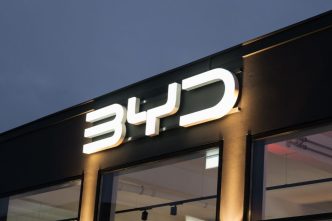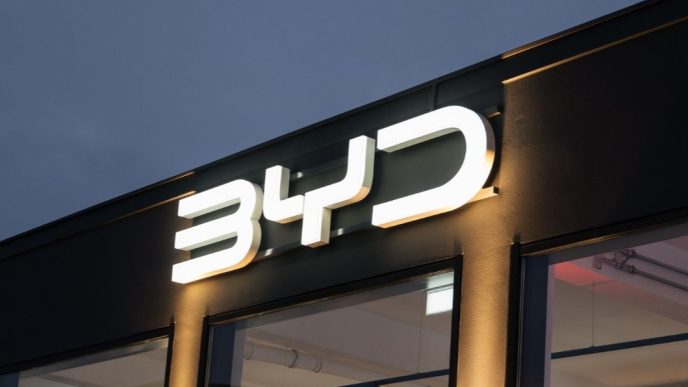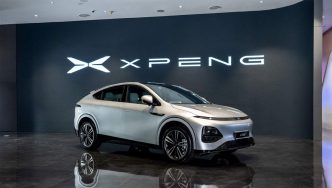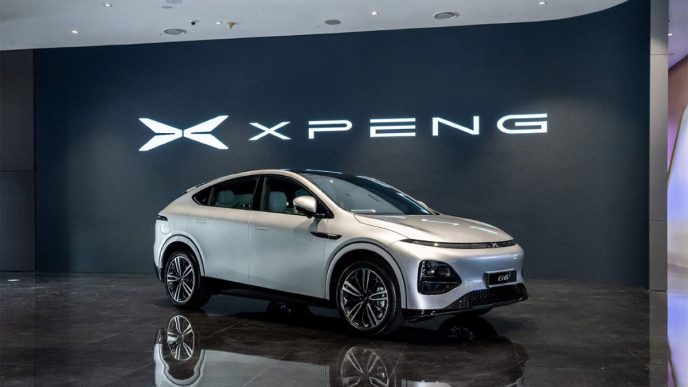Xiaomi’s high-performance electric sedan, the SU7 Max, is facing criticism following two reported brake failures during track use in China. Despite its impressive specifications, including 663 horsepower and a 0-62 mph time of 2.8 seconds, the vehicle’s braking system has been deemed inadequate for circuit driving.
In April, a Chinese influencer crashed the SU7 Max while lapping the Shanghai Tianma Circuit. Video footage showed the vehicle failing to turn properly before barreling into a barrier. The crash, attributed to severely worn brake pads after five laps, garnered millions of views online. A similar incident occurred in June when another SU7 Max experienced brake failure, causing it to spin out and crash. In both cases, concerns about the car’s braking system were raised.
Responding to the incidents, Xiaomi stated that the SU7 Max is designed for road use and not for professional racing circuits. “The braking system of Xiaomi SU7 Max uses NAO friction pads, which are suitable for daily driving,” the company said. It emphasized that components can degrade rapidly under the high loads and temperatures typical of track conditions.
Unlike the SU7 Max, Xiaomi’s SU7 Ultra—equipped with carbon ceramic brakes—has demonstrated robust track performance, recently setting an EV lap record at the Nürburgring. Analysts suggest Xiaomi may need to enhance the SU7 Max’s braking capabilities to align with its high-speed performance, as comparable vehicles from Hyundai and Porsche feature significantly larger braking systems.










